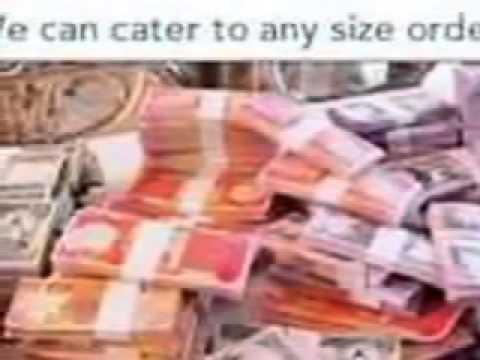Commissions and Costs of Trading Currencies
Post on: 6 Май, 2015 No Comment

Typically, while trading currencies on the forex market, the investor does not have to worry about costs stemming from trading commissions. That having been said, there are costs associated with forex trading that the prudent investor should keep track of.
Costs Associated With Forex Trading
- Spread (which is often charged in lieu of a direct commission)
- Rollover (associated with holding trades overnight)
Fees associated With the Spread
The main method that a forex broker will use to make money is by having a bid/ask spread. The broker will offer a variety of currency pairs, and the investor can use his currency to buy into any of the currencies that the broker holds relative to the current spreads. The broker will sell you the currency you are interested in at a price higher relative to the price at which he will buy back the same currency from you for your original currency: this is the method that he uses to ensure he is making a profit. This spread allows the broker to “buy low” and “sell high.” Thus as an investor, one should try to find a broker whose spreads, on average, tend to be quite small.

Spread Fee Example
Let us cement this idea with an example. Suppose that you are interested in buying Japanese yen with U.S. dollars. The broker might have a bid/ask spread at 5:00pm of 98.03/98.09. With 100 USD, you would be able to buy 9803 JPY. Now, suppose you regretted your investment and immediately wanted to convert your money back into dollars. You would only be able to sell back the yen to the broker at the ask rate, garnering 99.94 USD. Thus, the transaction, in effect, has a cost of .06 USD since no economic or financial conditions have changed in the timeframe of that trade.
Understanding Rollover Fees
Another type of fee is the rollover fee. This is somewhat of a different concept because sometimes, instead of having to pay the rollover fee, the investor is credited this sum of money. Rollover fees apply when a forex position is enacted after all the major markets have closed. Since the investor typically waits a few hours to receive the destination currency, the interest that he could otherwise have obtained by putting that currency in his bank account is lost. Thus rollover fees constitute the difference between the interest rates of the bought currency and the sold currency, compounded appropriately. If the investor buys into the currency with the higher interest rate, he will be paid the appropriate rollover amount at the start of the next trading session. If he buys into the currency with the lower interest rate, he gets charged the appropriate rollover amount.
High Leverage and Margin
Margin trading also provides another type of cost that is even more prevalent in forex trading than it is in stock trading. Forex trading typically requires a very high amount of leverage because of the size minimums placed on certain types of forex trades. Traders who do not have enough cash must trade via financing. Typically, forex brokers allow leverage ratios of up to 100:1; this means that an investor must only own 1 dollar out of every 100 invested. Even more risky is the fact that most forex traders do not even have to okay their decisions to borrow equity from their brokers: the necessary dollar amounts are automatically transferred when needed.
Why So Few Costs?
The reason for the decreased number of costs and the increased access to credit is largely due to the size of the forex market. As is well known, the daily volume of this market ranges from 1.5-2.0 trillion USD/day. Because of the number of traders available, increased competition helps ensure that costs are kept to a minimum.














